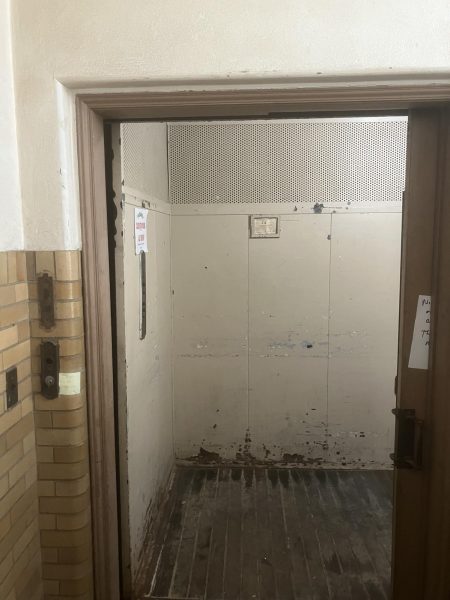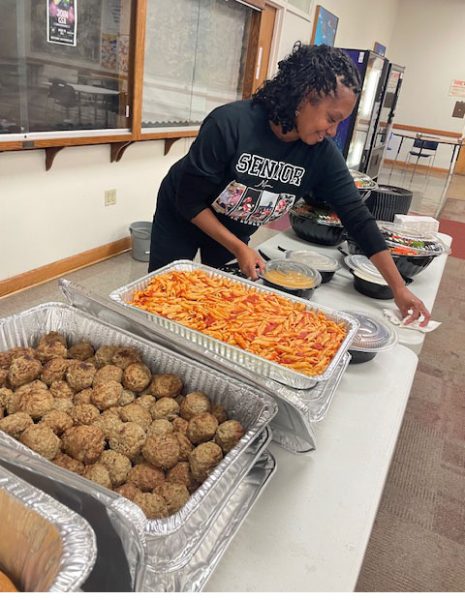Sneezin’ Season
Tissues are a necessity for students with a cold or flu, but there is a shortage in some classrooms because teachers are not required to supply them
![“I tell kids to take a bunch [of tissues] and stick them in their pocket,” Nurse Paula Damm said. Students will sometimes go to her office to get tissues if there are none in their classroom.](https://shakerite.com/wp-content/uploads/2018/10/image.png)
“I tell kids to take a bunch [of tissues] and stick them in their pocket,” Nurse Paula Damm said. Students will sometimes go to her office to get tissues if there are none in their classroom.
Cold and flu season is fast approaching, and with it runny noses and the annual question of who provides tissues and where to find them.
Flu season has already begun in Northeast Ohio, and the worst is yet to come. The season begins in fall and peaks in December and January. Sometimes, it can last through May, according to the Centers for Disease Control and Prevention.
Freshman Jacob Feinleib said tissues are not readily available in classrooms. “It’s like you need a GPS to find them,” he said.
Teachers are not required to provide tissues, and often they do not. When they do, students may have to ask for them because they are not on display.
Some teachers require students to bring in tissues for academic credit or extra credit. This approach benefits teachers because it give students a reasonable incentive to participate and it saves teachers’ time and money.
When teachers request tissues, they can accumulate enough to supply students for the whole year. But it can be a hassle for students to purchase this non-traditional school supply. Freshman Gage Weingart said his grade temporarily suffered in one class. “I had an F until I brought in the tissues,” he said.
When the school year begins, few grades are entered in GradeBook, and failure to bring in tissues can significantly affect student averages. Losing points for forgetting tissues can be stressful for students and their parents. Plus, not every child has the money or the time to go out and purchase tissues.
Global studies teacher Kyle Fleming does not agree with teachers giving academic or extra credit to students who bring in tissues. “It’s an equity issue,” he said.
Fleming said that it would be better if teachers gave out incentives such as restroom passes or other things that don’t affect students’ grades.
Nine Math Honors teacher Rebekah Wadsworth also thinks that it is inappropriate to give credit for bringing in tissues. “I think it makes sense to only give points for academic reasons,” she said.
Wadsworth offered a mathematician’s conditional statement to describe the absence of tissues in her classroom. “If we had tissues, then I would have bought them,” she said. She explained that the converse is also true, making the statement biconditional.
Students can get tissues from the school nurse, Paula Damm. This is a good alternative to trying to locate hidden or nonexistent classroom tissues. The nurse conveniently displays tissues on her desk, a location that does not require the help of a GPS to find. Students come into the nurse’s office a couple times a day to get tissues, she said.
“I tell kids to take a bunch and stick them in their pocket,” Damm said, who is lenient about the amount of tissues each student can take. She said she has never run out of tissues during her 18 years at Shaker. However, she sometimes purchases more during the winter.
The tissues Damm provides are not high quality. They tear easily and are rough on your nose. “They’re tissues for an emergency in school,” she said.
Students agree that the school-provided tissues are not comfortable. “It was like a tissue, but with a hint of sandpaper,” freshman Jackson Wrubel said.
Damm said that if you need to blow your nose in school, you should bring tissues from home. In addition, when students go to the nurse for tissues, they miss class time, and if too many kids go to the nurse for tissues, her supply might run out.
“If kids are particular about the personal items they use, they should bring their own. I provide the bare minimum,” Damm said.
Another good way to make cold and flu season easier is to stay healthy. Damm would like to remind you that, “Everybody has to get their flu shot!”
Comment using your Facebook, Yahoo, AOL or Hotmail account








